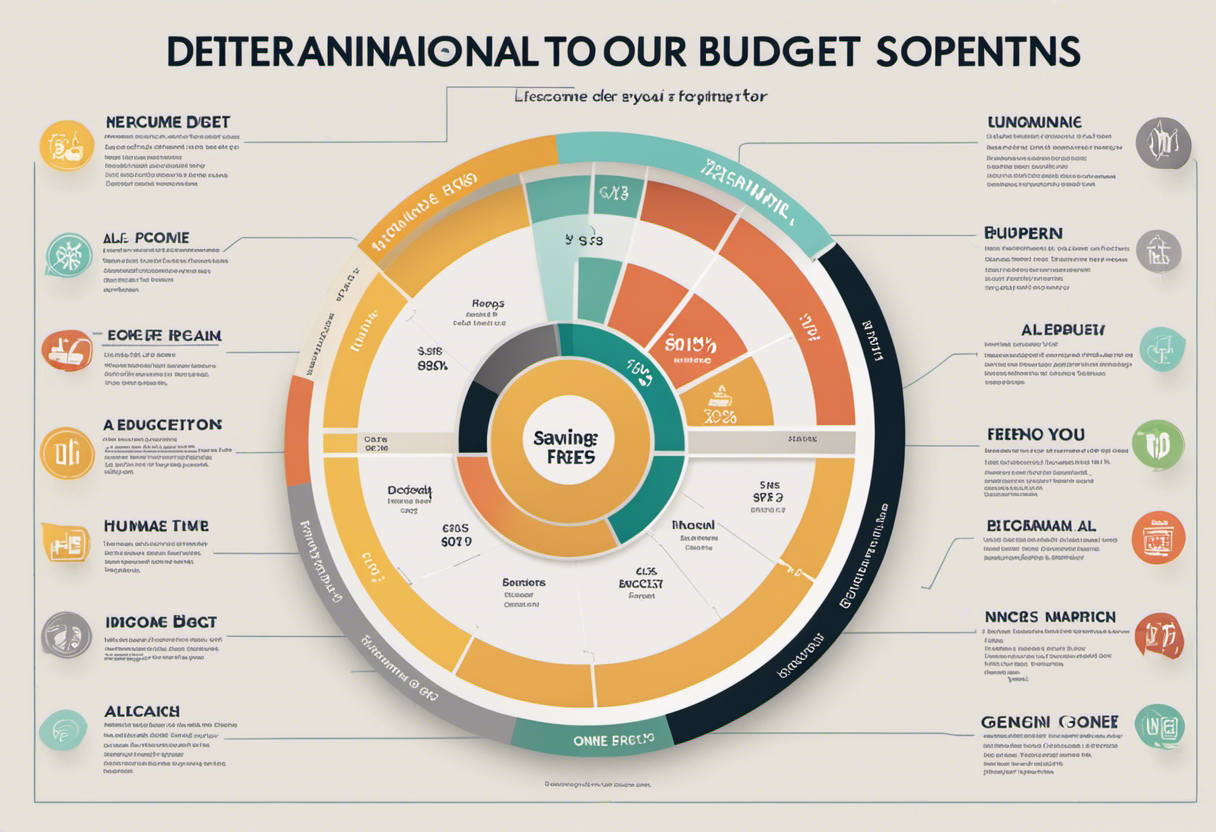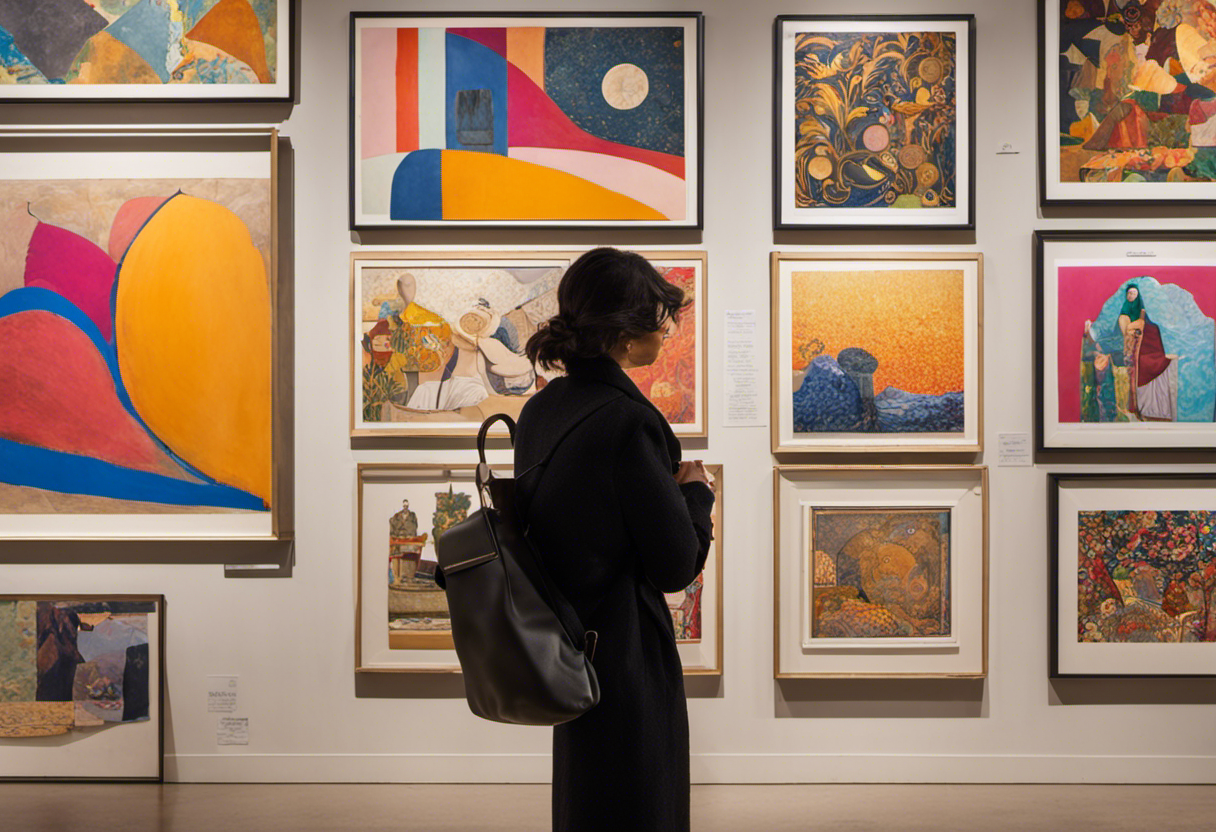Art is a powerful form of self-expression and can enhance the atmosphere of any space. Whether you are a seasoned art collector or a first-time buyer, choosing the perfect piece of art can be a daunting task. With so many options to consider, it is important to approach the process with clarity and a well-informed mindset. In this ultimate art buying guide, we will walk you through the essential steps to help you choose the perfect piece of art that suits your personal taste, budget, and display preferences.
Understanding Your Personal Taste

Choosing artwork is a highly personal experience and reflects your individual taste and aesthetic preferences. Before embarking on your art buying journey, take the time to understand what appeals to you visually, emotionally, and intellectually. Consider the following factors:
- Subject Matter: What subjects resonate with you? Are you drawn to landscapes, portraits, abstract art, or still life? Reflect on the themes and narratives that evoke a strong response within you.
- Color Palette: Do you find yourself gravitating towards bold and vibrant colors, or do you prefer more muted and subtle tones? Understanding your preferred color palette will help you narrow down your options when exploring different artworks.
- Artistic Style: Are you captivated by classical realism, modern abstract techniques, or contemporary mixed media? Exploring different artistic styles will help you identify the types of artwork that resonate with you on a deeper level.
By taking the time to understand your personal taste, you create a solid foundation for selecting art that truly speaks to you.
Researching Artists and Art Movements

Once you have a clearer understanding of your personal taste, it’s time to dive deeper into the world of art by researching artists and art movements. This step will help you broaden your knowledge and discover new artists who align with your artistic preferences. Consider the following approaches:
Unveiling the Beauty of Renaissance Art: A Journey Through Leonardo da Vinci’s and Michelangelo’s Work
The Renaissance period, known for its extraordinary artistic achievements, produced iconic works that continue to captivate art enthusiasts to this day. Artists such as Leonardo da Vinci and Michelangelo have left a profound impact on the art world. Exploring their masterpieces, such as da Vinci’s “Mona Lisa” and Michelangelo’s Sistine Chapel ceiling, can give you a greater appreciation for the beauty and skill of Renaissance art.
The Impact of Pop Art on Modern Culture
Pop art emerged in the mid-1950s and broke away from traditional notions of art by incorporating popular culture elements, such as advertising imagery and everyday objects, into artistic creations. Artists like Andy Warhol and Roy Lichtenstein exemplified this movement, redefining the boundaries of art and challenging conventional artistic practices. Understanding the impact of pop art on modern culture can widen your perspective and lead you to discover artists who continue to push artistic boundaries today.
The Evolution of Cubism: How Picasso Redefined Art with Geometric Shapes
Cubism, pioneered by Pablo Picasso and Georges Braque in the early 20th century, revolutionized the way art is perceived and created. By breaking down objects into geometric shapes and depicting multiple viewpoints simultaneously, cubist artists challenged traditional representation and embraced abstract forms. Exploring the works of Picasso, such as “Les Demoiselles d’Avignon,” can provide valuable insight into the evolution of cubism and inspire you to explore contemporary artists who incorporate similar techniques.
Researching artists and art movements not only expands your knowledge but also helps you identify artists who produce artwork that resonates with your personal taste.
Determining Your Budget

Before embarking on your art buying journey, it is essential to determine your budget. Art comes in various price ranges, and setting a budget will help you focus your search and make informed decisions. Consider the following factors when establishing your budget:
- Primary Market vs. Secondary Market: Artwork from established artists is generally more expensive in the primary market, where artwork is sold directly by the artist or their authorized galleries. On the secondary market, artwork is resold, often at different price points. Understanding these distinctions will help you navigate the art market and align your budget accordingly.
- Size and Medium: Larger artworks and pieces created using expensive or rare materials can command higher prices. Consider the size and medium preferences when determining your budget, as these factors can influence the cost of the artwork.
- Artistic Reputation: Well-established artists with a strong reputation and a significant body of work might have higher price tags. Consider the artist’s reputation and market demand when determining your budget.
By setting a clear budget, you can focus your search and ensure that you are making an investment within your financial means.
Evaluating Artwork Authenticity

One crucial aspect to consider when buying art is ensuring the authenticity of the artwork. Buying from reputable sources and taking the necessary steps to evaluate the authenticity of the artwork will safeguard your investment. Here are a few key considerations:
- Gallery or Dealer Reputation: Purchase artwork from established galleries or dealers with a trusted reputation. Research the gallery or dealer’s history, client reviews, and professional affiliations to ensure credibility.
- Certificate of Authenticity: Request a certificate of authenticity for the artwork, especially for pieces from renowned artists. This document verifies the authenticity of the artwork and provides essential details about its provenance.
- Provenance Research: Investigate the artwork’s history and provenance, including previous owners, exhibitions, and any supporting documentation. Provenance research helps trace the artwork’s authenticity and contributes to its value.
- Consult Professionals: If you are unsure about the authenticity of a piece, consult art professionals, such as art appraisers or authenticators, who can provide expert guidance and evaluation.
Taking these steps to verify the authenticity of the artwork ensures you are making a confident and informed purchase.
Considerations for Display and Maintenance

Once you have chosen the perfect piece of art, it’s important to consider how it will be displayed and maintained in your space. Proper display and maintenance techniques ensure the longevity and preservation of your artwork. Consider the following factors:
- Framing and Mounting: Choose a suitable frame that complements the artwork and protects it from external factors. Quality framing and mounting techniques will prevent damage caused by humidity, sunlight, and handling.
- Lighting and Placement: Consider the lighting conditions in the room where the artwork will be displayed. Improper lighting can cause fading or discoloration over time. Additionally, carefully consider the placement of the artwork to enhance its visual impact and protect it from potential damage.
- Cleaning and Conservation: Regularly clean your artwork with gentle methods to remove dust and pollutants. Avoid using harsh chemicals or abrasive materials that could damage the artwork. If necessary, consult a professional conservator for specialized cleaning and conservation techniques.
By considering these display and maintenance factors, you can ensure that your artwork remains in excellent condition over time.
In conclusion, choosing the perfect piece of art involves understanding your personal taste, researching artists and art movements, determining your budget, evaluating artwork authenticity, and considering display and maintenance requirements. By following this ultimate art buying guide, you can embark on your art buying journey with confidence, knowledge, and a deep appreciation for the art that speaks to you. Happy art hunting!
